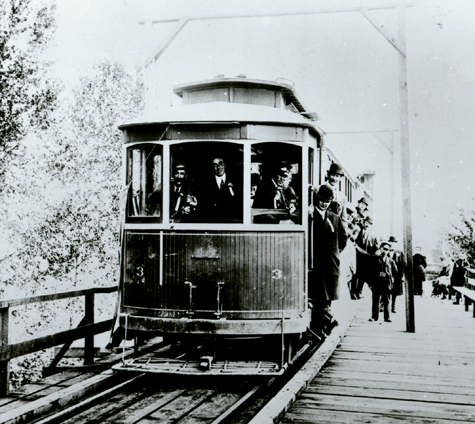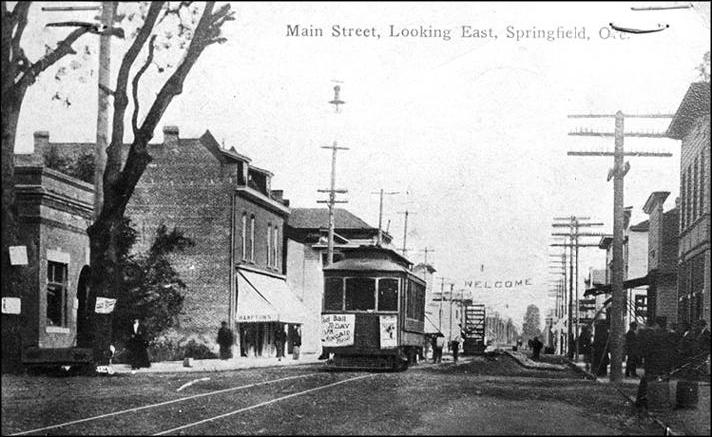1910
From Lane Co Oregon
(Difference between revisions)
(→Springfield) |
(→Springfield) |
||
| Line 15: | Line 15: | ||
*Springfield had the distinction of being the only “wet spot” between Salem and Oakland in the years between [[1910]] and [[1912]]. There were nine saloons in the city and much ado was made over the fact that the streetcar would bring loads of people over from “dry” [[Eugene]] to visit these establishments. Prohibition did not come to [[Springfield]] until [[1915]] (Graham 1978b:7; Special collections n.d.:Box 66/19, Folder 2B). | *Springfield had the distinction of being the only “wet spot” between Salem and Oakland in the years between [[1910]] and [[1912]]. There were nine saloons in the city and much ado was made over the fact that the streetcar would bring loads of people over from “dry” [[Eugene]] to visit these establishments. Prohibition did not come to [[Springfield]] until [[1915]] (Graham 1978b:7; Special collections n.d.:Box 66/19, Folder 2B). | ||
| + | |||
| + | *Many small portable or “gypo” mills appeared in the rural areas of [[Lane County]]. One such operation is listed for [[Springfield]] in [[1910]] – the [[Bigelow and Porter Sawmill]]. | ||
Revision as of 20:43, 14 August 2007
Locations · People · Equipment · Chronology · Index · Categories · Browse · Discussion · FAQ · Help · Things to do · Article requests
| 1910s: | 1900s 1910 1911 1912 1913 1914 1915 1916 1917 1918 1919 1920s |
Lane County
The Lane County population in 1890 was 15,198; in 1900, 19,604; and in 1910, 33,780 (Spicer n.d.:9).
Springfield
- Cox House is built in the Washburne Historical District. James A. Cox is most likely its builder.
- By 1910 the Portland, Eugene and Eastern Railway Company, an interurban line, was completed between Eugene and Springfield, replacing the stage. It cost 6 cents to ride the streetcar to Eugene. The streetcar ran up Main Street to 10th Street. It was an electric railroad that gave the city access to Portland. Its operation continued until 1926 (Mills 1943:391-392) A third span was built across the river in 1910 by Lord Nelson (Nels) Roney for the electric streetcars of the Portland, Eugene and Eastern Railway. Roney used three 200-foot Howe trusses on concrete piers for the wooden bridge (Graham 1978e).
- In 1910 Springfield’s population was 1,838 (Spicer n.d.:9). The city’s boundaries continued to expand with various additions annexed in 1889, 1890, 1897, 1905 and 1909-1915.
- Springfield had the distinction of being the only “wet spot” between Salem and Oakland in the years between 1910 and 1912. There were nine saloons in the city and much ado was made over the fact that the streetcar would bring loads of people over from “dry” Eugene to visit these establishments. Prohibition did not come to Springfield until 1915 (Graham 1978b:7; Special collections n.d.:Box 66/19, Folder 2B).
- Many small portable or “gypo” mills appeared in the rural areas of Lane County. One such operation is listed for Springfield in 1910 – the Bigelow and Porter Sawmill.


